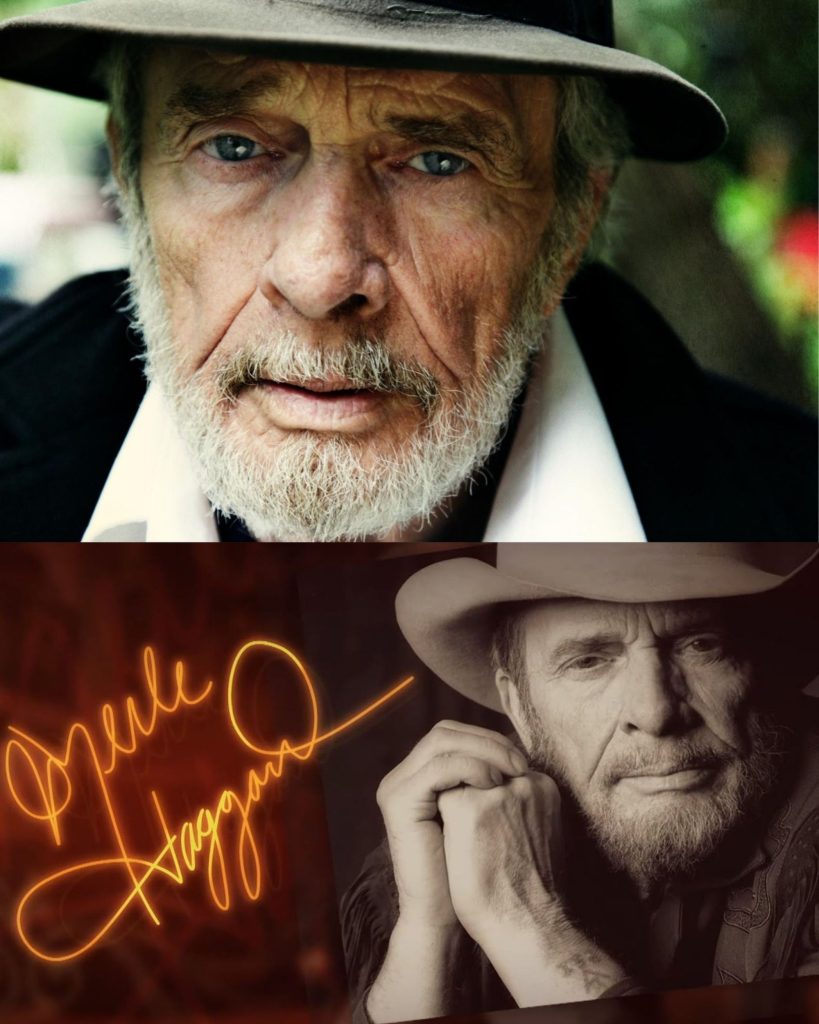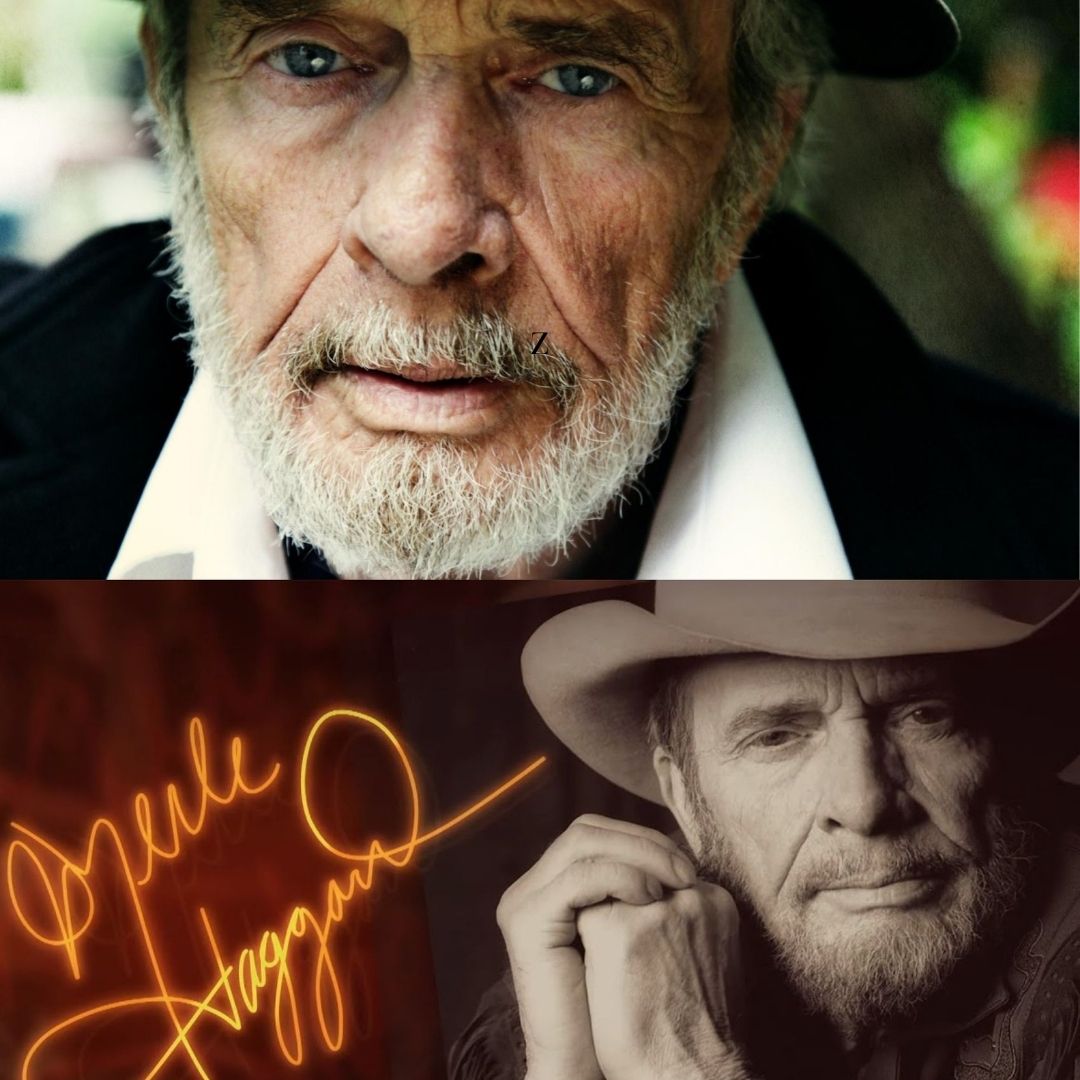
In the pantheon of country music, Merle Haggard holds a revered place not merely for the songs he wrote, but for the life he lived before he ever picked up a guitar in earnest. “Going Where the Lonely Go”, released in the early 1980s, is not just another song from Haggard’s immense catalog — it is a deeply introspective, weathered piece of storytelling that mirrors the winding, often painful road he walked to find peace with himself.
But to understand the gravity of this song, one must first understand the man. In 1960, a 22-year-old Haggard sat behind bars in San Quentin State Prison, the echoes of a life filled with missteps and defiance surrounding him. He wasn’t just another inmate — he was a young man teetering on the edge of complete ruin. His youth had been spent evading rules, escaping reform schools, and running from any semblance of order. But fate, in its strange way, intervened.
That night in prison, Haggard sat among fellow inmates and watched Johnny Cash perform on a makeshift stage. It wasn’t just a concert. For Merle, it was a reckoning. As Cash sang to those forgotten by the outside world, something stirred within him. In the midst of the noise and the bars and the silence of lost years, Haggard felt purpose. That moment didn’t just spark a musical ambition — it ignited a transformation.
Upon his release, Haggard slowly began to build a name for himself. But he didn’t abandon his past — he embraced it, molded it into his lyrics, and let it bleed into every note. His songs weren’t fiction. They were reflections, confessions, meditations. And none captures this better than “Going Where the Lonely Go.”
This song is pure Haggard: sparse, raw, and quietly devastating. It doesn’t lean on elaborate orchestration or dramatic crescendos. Instead, it leans into the quiet places of the soul — the spaces where regret and resolve live side by side. The lyrics speak of a man always moving, not necessarily to escape, but because he knows nothing else. Loneliness isn’t a phase in this song — it’s a companion, one that rides beside him like a shadow.
There’s an almost poetic stillness to the track. You can hear the road in his voice, the long nights in motel rooms, the cigarette smoke curling through cracked windows, the whiskey-laced reflections of a man who knows the weight of every mile. Yet beneath that ruggedness lies something softer — a longing, a vulnerability that Haggard never hides
“Going Where the Lonely Go” isn’t a cry for help, nor is it a celebration of isolation. It’s something more honest. It’s an acknowledgment that for some, the road is home, and solitude isn’t sorrow — it’s survival.
Merle Haggard didn’t just write about loneliness. He lived it, confronted it, and ultimately, gave it a voice. And in doing so, he offered a hand to all who’ve ever felt adrift in their own silence.
Video
